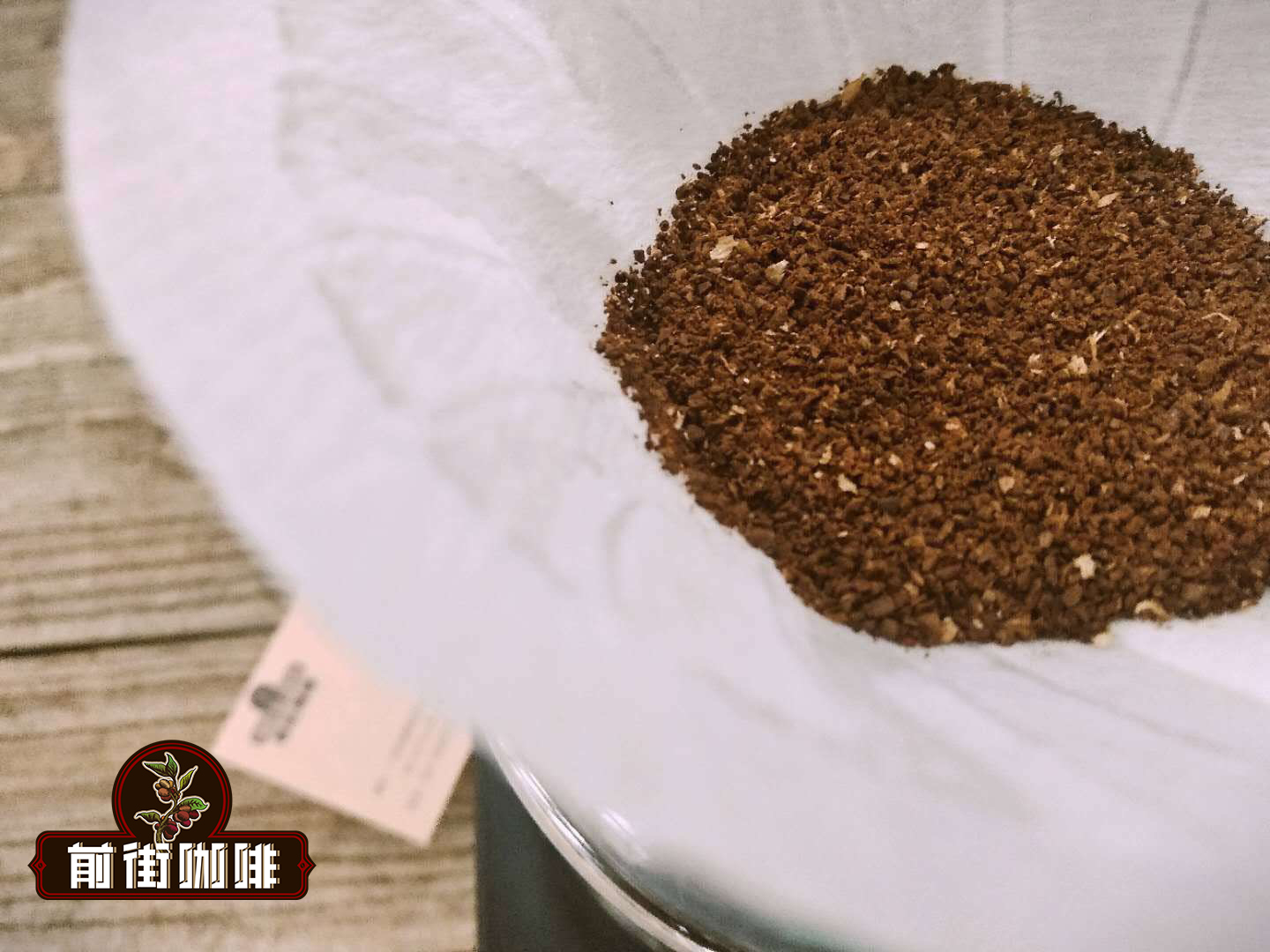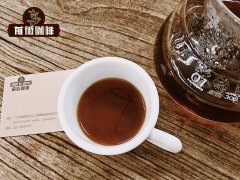Understand the importance of different coffee producing areas the advantages of visiting coffee producing areas on the spot

What can you learn from a field visit to coffee producing areas?
Coffee producing area is actually a vaguely defined word that can be used to describe a variety of places. You can visit Brazil's large and rich estates, or you can visit Luanda's small coffee farmers who grow coffee as well as other fruits and vegetables in their gardens.
If time permits, you can spend a few days or even a month in the producing area, picking up the fruit with the farmers and observing the coffee processing process, which may include the operating procedures of the processing plant, and even follow the transport truck when the raw beans are disposed of. Have more contact with the producers' families. You can also visit the coffee lab in the producing country and talk to technical experts and local botanists.
These are all channels through which you can learn from the country of origin to the deep information of the producing area.
Gonzalo Hern á ndez, founder of Coffea diversa in Costa Rica, has set up an institute covering projects such as planting, coffee processing, export and roasting in micro-producing areas, and he even has a garden that studies coffee botany, which is now a private garden with the largest collection of coffee trees in the world. The college will conduct a four-day course covering topics such as coffee cultivation, processing, botanical varieties, cup testing, raw bean trading, baristas and bakers.
In the college, students can study systematically. From the cultivation and treatment in the classroom (the treatment is theoretical), to the actual pruning, fertilization, weeding and harvest of coffee trees. And then deal with it. These are all practical operations that students can do with their own hands in a real coffee plantation.
Courses such as Q Grader, barista skills and baking beans are common in China, which allow operators to upgrade their professional skills, but courses such as coffee origin and planting treatment are very limited, they need to understand how coffee is planted, coffee tree treatment, washing / honey treatment / sun-cured coffee treatment, etc.
Better understand the flavor and quality of coffee
Coffee is a raw material, and like other raw materials, the more you know about it, the more you can use it correctly. But if we can acquire knowledge from suppliers or the Internet, is it necessary to visit the place of origin?
If you do not visit the producing area in person, it is difficult to fully grasp the impact of treatment methods and varieties. Only after a personal visit can we understand why different coffees need to be roasted differently.
This helps us understand why some coffees are higher in sugar, why some beans are richer than others, and why certain flavors are more common in certain coffees.
Know that water-washed coffee can be roasted with more calories, and be careful not to apply too many calories to sun-or honey-treated coffee, because the treatment will affect the sugar content of coffee beans. Through the operation of the pulp removal machine to witness the processing process, the concept can be better visualized.
The advantage of visiting the country of origin is to get a more complete image of the supply chain. People should realize that the coffee you drink is processed by the harvest of workers from abroad. In the case of Costa Rica, local workers also meet people from Panama, local natives, or people from Nicaragua.
When we have a more comprehensive understanding of what is happening in the producing areas, we can also better understand the social and environmental sustainability of the coffee industry. Producers have been adversely affected by low international coffee prices, and many have switched from growing coffee to avocados, lemons, or simply to other jobs. You will see that many producers or landowners are very young and may inherit the family business at the age of 25 because their father is getting older.
Business opportunities from farmland to coffee shops
In the producing area, we can learn more about our business partners, how their business works, and even have the opportunity to maintain relationships through social networking sites.
People now want to know more detailed information about the origin of coffee and make customers feel closer and closer to the producer. Even if you drink coffee at home, it may feel like you can start a journey between the producing country and the farm by drinking a cup of coffee.
Set reasonable expectations for quality
Bean bakers and consumers need to visit the country of origin to obtain information and set reasonable expectations for quality. for example, by understanding the production and processing processes, you can understand any quality improvement. it takes time to reflect on the final quality of coffee, sometimes years. Knowing this helps to understand the progress of the plan and invest wisely in the relevant business.
Visiting the producing areas can also give you a better understanding of local equipment, factories and local environmental conditions. If you work with producers, you can set expectations for the final quality of coffee.
Baristas can also benefit from it.
Not only raw bean buyers, baristas also benefit from understanding the country of origin. When baristas understand how different varieties, treatments and planting methods affect the flavor of coffee, and if they have the opportunity to meet with producers, they are more likely to effectively convey this information to consumers and have a very positive impact.
Being a barista is a great experience when the knowledge you gain from the producing area can make the customer enjoy the coffee more, and it can bring the customer closer to the place of origin.
Most coffee professionals have a large gap in their knowledge in the field of planting and processing, and they lack the opportunity to experience and explore coffee in depth. The information and knowledge gained from books alone can hardly replace the experience of interacting with producers locally, which is the most profound foundation for experts in the industry.
There are too many factors that affect the end result of roasting, producing and brewing coffee, so it is easy to understand why many coffee professionals may not realize how important it is to know the origin of coffee.
Whether you are a barista, a bean baker, or even a coffee farmer, knowing the origin of coffee beans will help you to have a more comprehensive understanding of coffee as a beverage and make better use of this information.
Important Notice :
前街咖啡 FrontStreet Coffee has moved to new addredd:
FrontStreet Coffee Address: 315,Donghua East Road,GuangZhou
Tel:020 38364473
- Prev

History of coffee development in the world| What are the characteristics of coffee shops around the world? Where is the authentic coffee?
It's hard to imagine a world without coffee. And you think it's right. Coffee has been around for thousands of years. Who discovered coffee and how coffee is brewed is largely unknown, but what is known is that the atmosphere of the coffee house has not changed much since its inception. The history of the First Cafe dates back to 1475. he
- Next

The effect of temperature on Coffee how to feel the Coffee Flavor during High temperature and cooling
Have you ever had the experience of getting a cup of hot coffee, only to find that the flavor and aroma are different when it is cooled? When this happens, you may start to drink delicate flavors and aromas that you couldn't taste before. You may find that your coffee now has a distinct sweet, fruity or floral flavor. This change in flavor is due to specific chemical reactions triggered by temperature fluctuations.
Related
- Beginners will see the "Coffee pull flower" guide!
- What is the difference between ice blog purified milk and ordinary milk coffee?
- Why is the Philippines the largest producer of crops in Liberia?
- For coffee extraction, should the fine powder be retained?
- How does extracted espresso fill pressed powder? How much strength does it take to press the powder?
- How to make jasmine cold extract coffee? Is the jasmine + latte good?
- Will this little toy really make the coffee taste better? How does Lily Drip affect coffee extraction?
- Will the action of slapping the filter cup also affect coffee extraction?
- What's the difference between powder-to-water ratio and powder-to-liquid ratio?
- What is the Ethiopian local species? What does it have to do with Heirloom native species?

